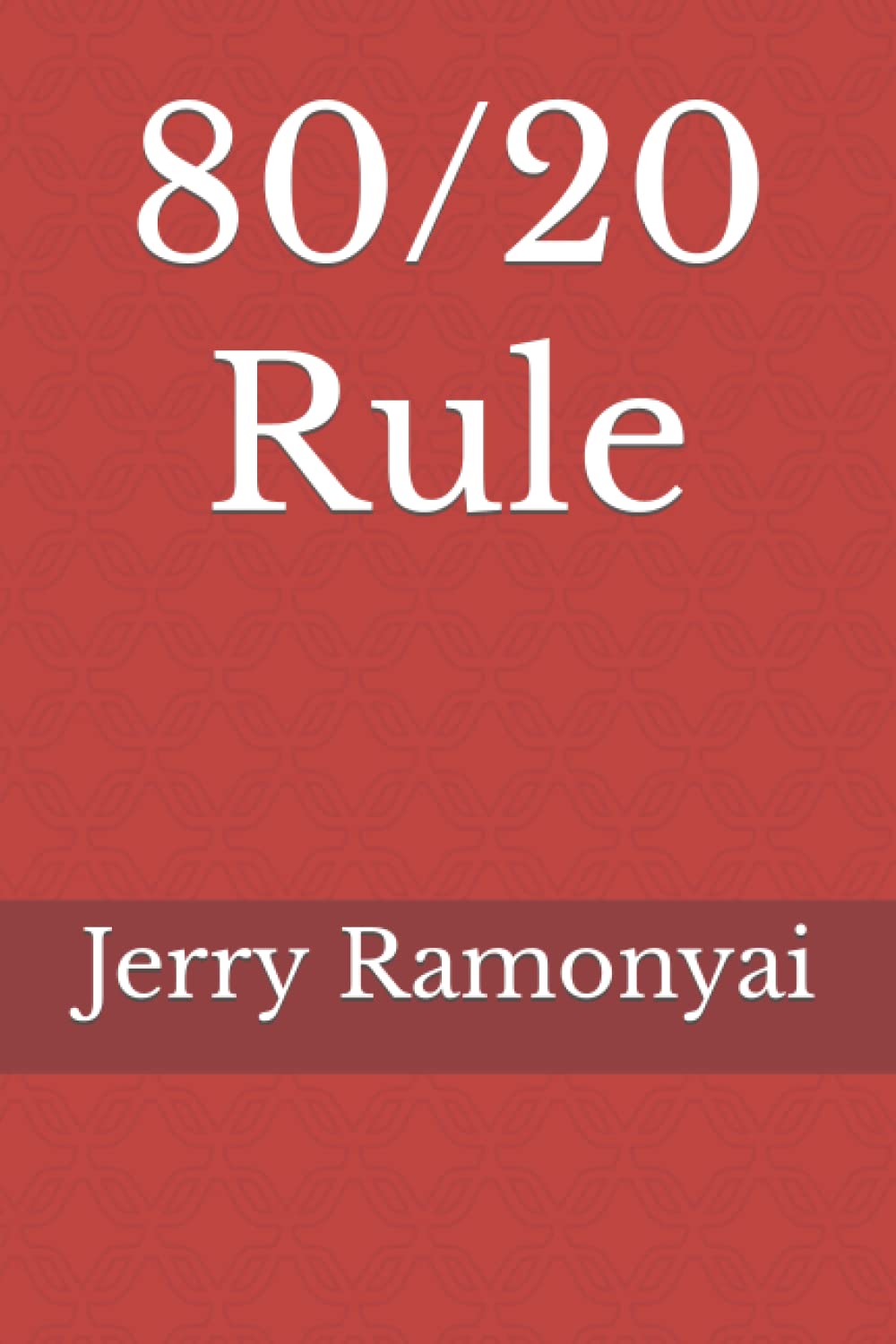Transitions
Transitions are words or phrases that connect ideas and help your writing flow smoothly. Here are some common examples:
- To add information: additionally, also, besides, furthermore, moreover, in addition
- To contrast ideas: however, nevertheless, on the other hand, conversely, in contrast
- To show cause and effect: therefore, thus, hence, consequently, as a result
- To show time: then, next, afterward, meanwhile, subsequently
- To show space: above, below, beside, nearby, beyond
- To emphasize: indeed, in fact, certainly, obviously, without a doubt
- To illustrate: for example, for instance, specifically, in particular
- To conclude: finally, in conclusion, to sum up, in short, in brief
Subordinating Conjunctions
Subordinating conjunctions introduce dependent clauses, which cannot stand alone as complete sentences. Here are some common examples:
- Time: after, before, since, while, when, whenever, as soon as, until, once
- Cause and Effect: because, since, as
- Contrast: although, though, even though
- Condition: if, unless, whether
- Purpose: so that, in order that
- Comparison: as, as if, as though
Conjunctive Adverbs
Conjunctive adverbs connect independent clauses and show the relationship between them. Here are some common examples:
- To add information: also, besides, furthermore, moreover
- To contrast ideas: however, nevertheless, on the other hand, conversely
- To show cause and effect: therefore, thus, hence, consequently
- To show time: then, next, afterward, meanwhile, subsequently
- To emphasize: indeed, in fact, certainly, obviously, without a doubt



No comments:
Post a Comment